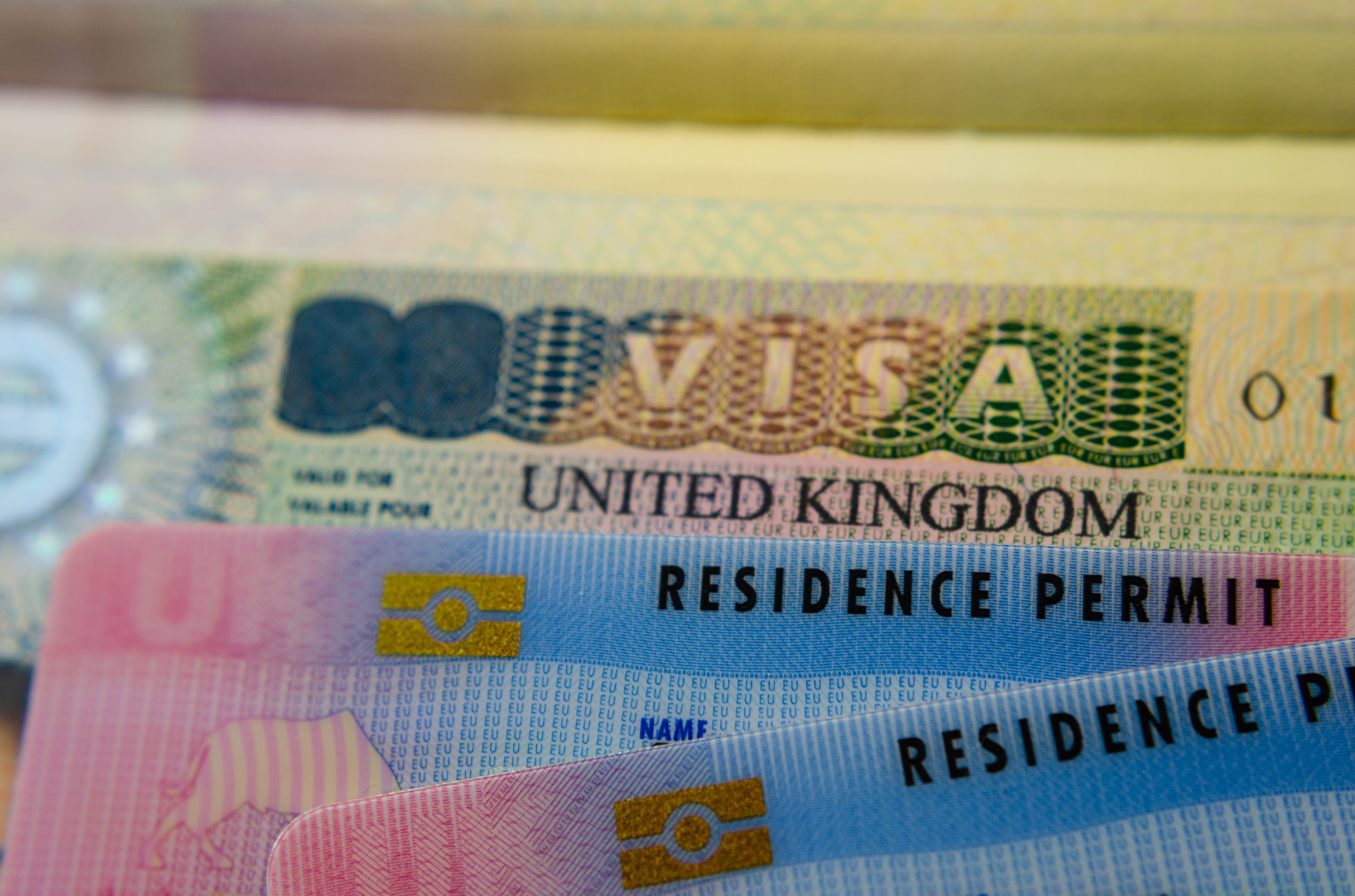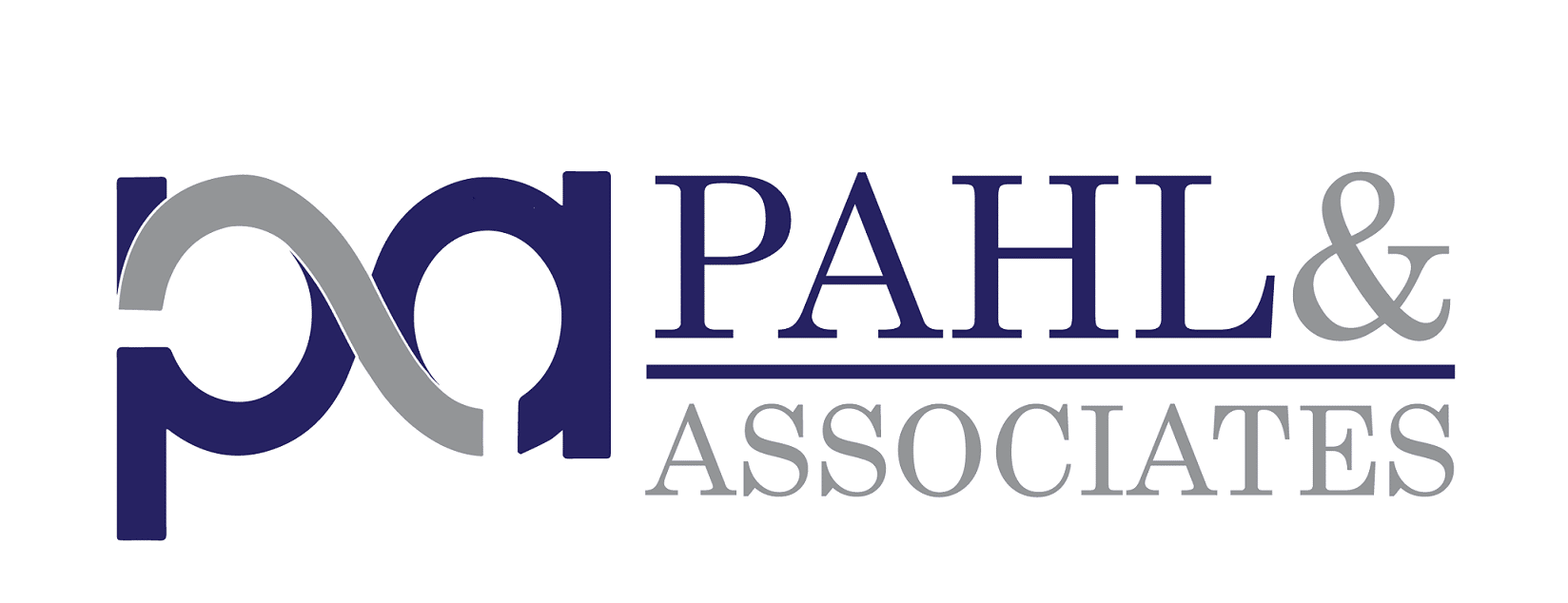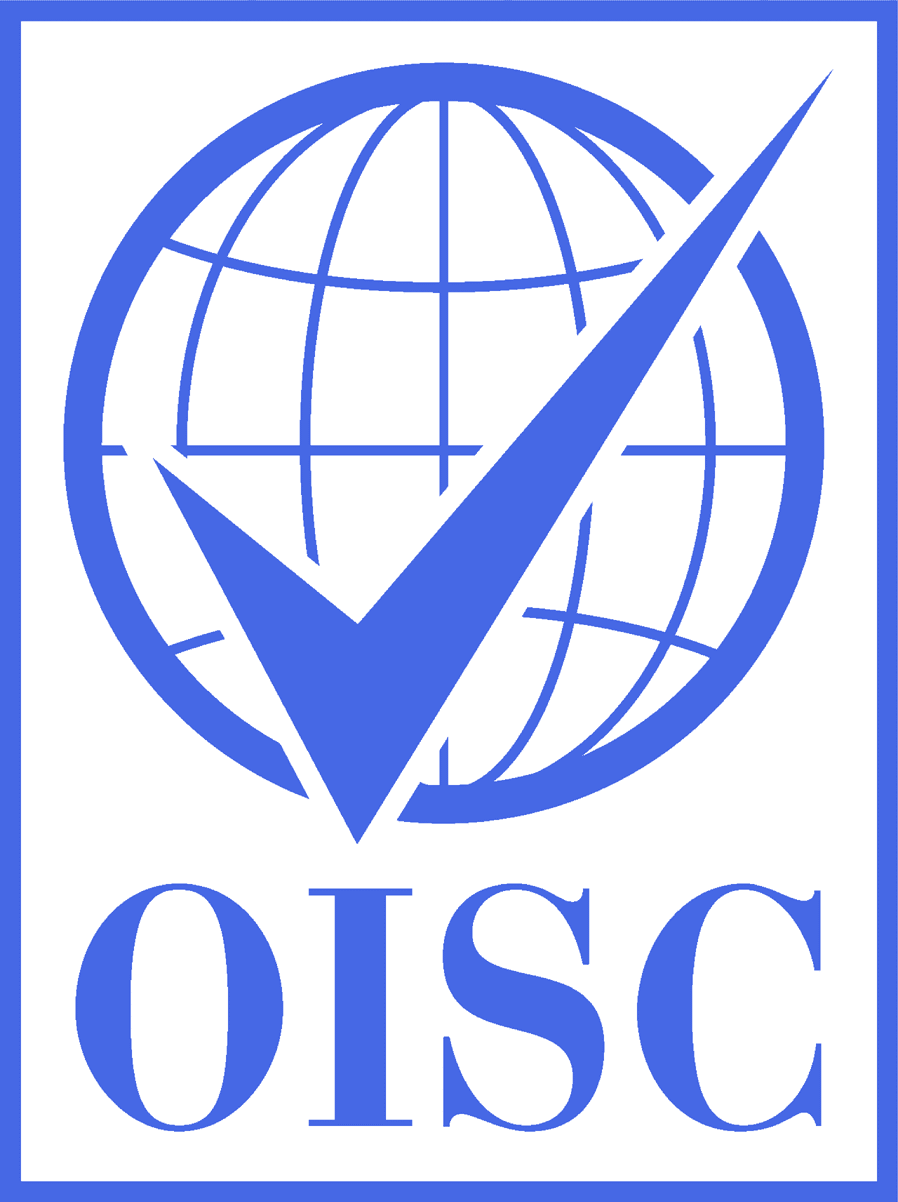
A Further Leave to Remain application is required to extend your existing visa to stay in the UK (also known as ‘leave to remain’) and to get a biometric residence permit.
It typically applies to individuals extending their existing visa (for example a Spouse Visa). There are also instances where an applicant can switch visa categories from another valid visa if their circumstances in the UK change.
If an applicant does not have any valid leave to be in the UK, it may still be possible for them to be granted FLR because of exceptional circumstances.
FLR (M)
Further Leave to Remain, in the ‘M’ category, is used to apply for an extension or switch as a spouse/partner or dependant child of a British citizen or settled person in the UK. Applicants must show that they meet all of the requirements for Leave to Remain as a Partner, as contained under Section R-LTRP.1.1 of Appendix FM of the Immigration Rules.
Essentially they must currently have valid leave to remain/enter the UK and be able to evidence that all of the following requirements can be met:
Relationship Requirement
Financial Requirement
Accommodation Requirement
English language requirement
FLR M is granted for 2.5 years, and you would be eligible to apply for indefinite leave to remain (ILR) once you have completed 5 years in total under the same visa category. So if you originally came to the UK on a spouse visa, for example, you should only need to apply for FLR M once before being eligible for ILR. If it is the case that you are switching from another visa category e.g. a Tier 2 visa, you would need to make 2 FLR M applications to complete 5 years as a spouse/partner to be eligible for ILR.
FLR (FP)
Further Leave to Remain, in the ‘F and P’ categories, is used to apply for an extension or switch from another visa category based on Family Life under Appendix FM, or Private Life under paragraphs 276ADE(1) and 276ADE(2) of the immigration rules.
Family Life
Family Life includes applications as a partner of a British National or settled person in the UK and/or as a parent of a British or a settled child in the UK.
Example scenarios of where FLR FP would be granted are where the applicant does not meet the requirements for FLR (M) but qualifies for an exception under Appendix FM e.g. the applicant does not currently have any valid leave to be in the UK, but they have a British spouse/partner and they also have a young child together. Therefore, it would be deemed unreasonable for the child to have to leave the UK in order for all of them to remain as a family unit.
Another scenario could be where the applicant has officially separated from their British/settled partner, but they now have sole parental responsibility of the British/settled child(ren) they have together, or they have direct access to the child(ren). They therefore can no longer qualify for leave as a partner but they do qualify for leave as a parent.
Private Life
The difference with Private Life over Family life, is that it is solely based on the applicant’s circumstances. To qualify on the Private Life basis, an applicant must be one of the following:
An individual who has lived 20 years (continuously) in the UK illegally (or a combination of legally and illegally);
A child under the age of 18 years who has lived continuously in the UK for at least 7 years;
An Individual aged between 18 and 24 and has lived continuously in the UK for at least half their life
If granted FLR FP, the leave lasts for 2.5 years just as with FLR M. The main difference however, is that it is usually under the “10 year route” (it is possible to qualify for the 5 year route as a parent, but you must satisfy all of the requirements to do so). Therefore you will only be eligible for Indefinite Leave after 10 years which means you would need to make four applications of FLR FP in total. It is however, possible to switch to the 5 year route and apply for FLR (M), once you meet all the requirements for the FLR (M) application.
Switching from the 10 year Route to the 5 year Route
It is important to note however, that if you do switch to the 5 year route from the 10 year route, any time spent on the 10 year route cannot be carried forward/will not count towards your qualifying period for Indefinite Leave to Remain (ILR) on the 5 year route. That is to say, the clock resets and you must now complete the full 5 years on the 5 year route to be eligible for ILR.
If you are still not clear if you should be making an application for FLR (M) or FLR (FP), the best way to approach it is to first determine whether you meet all of the requirements for FLR (M) and if not, is it/are they something you can easily address? e.g. meeting the minimum income threshold? If the answer is still no, it is likely that you would need to apply for FLR FP.
With a complex area of immigration law such as this, it is always recommended that you seek expert legal advice. Not doing so can be a costly and stressful experience.
Nor again is there anyone who loves or pursues or desires to obtain pain of itself, because it is pain, but because occasionally circumstances occur in which toil and pain can procure him some great pleasure. To take a trivial example, which of us ever undertakes laborious physical exercise.

We provide all clients with a FREE Initial 15 minute phone consultation followed by an agreed fixed fee quotation before we take on their case.
We discuss your UK immigration matter by phone on a free no obligation basis. We will review your options, confirm fees and ensure we are in a position to represent you.
We invite you to schedule a personal consultation at our office or via Skype for an agreed initial consultation fee. This fee will be deducted from any future legal fees.
We agree to represent you in relation to your UK immigration matter for an agreed fee and provide a client care letter confirming your instructions.




